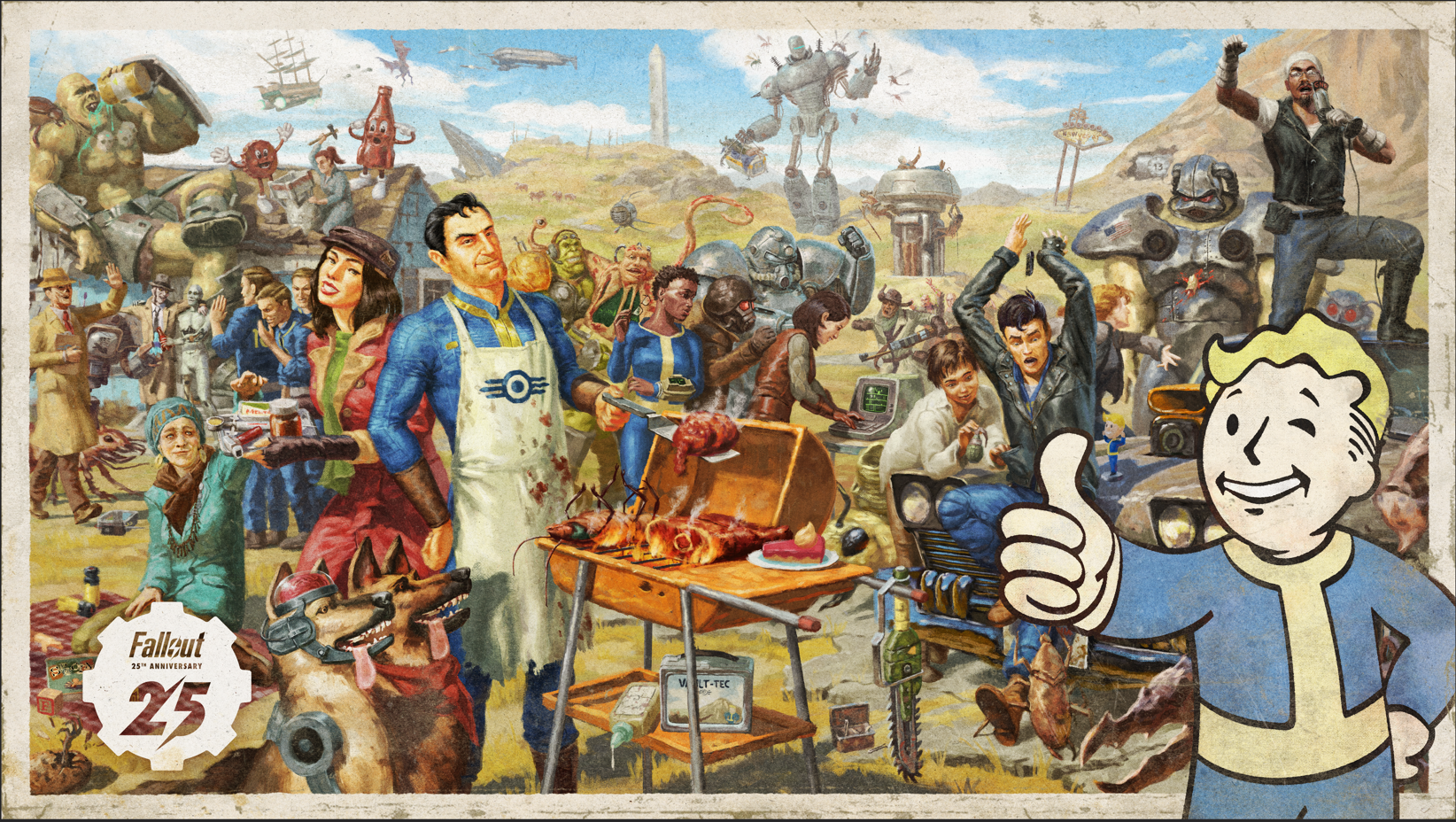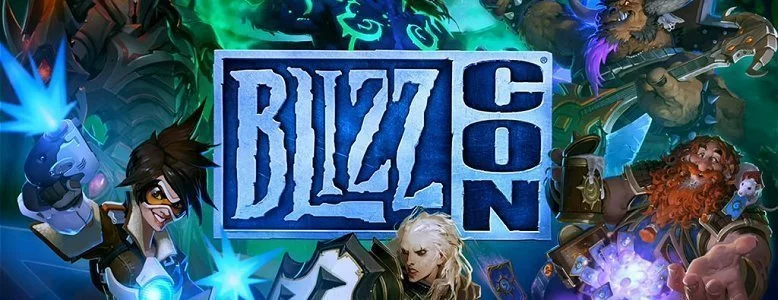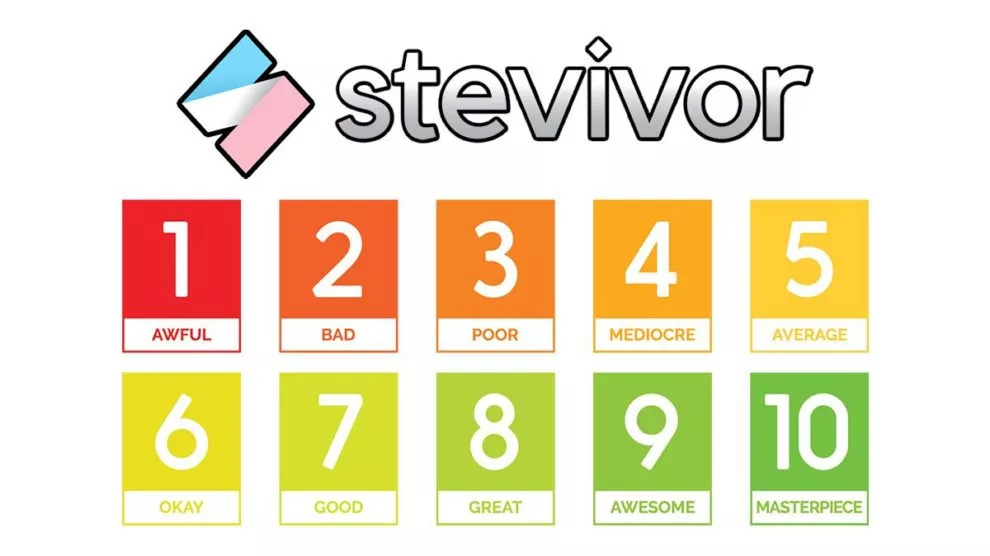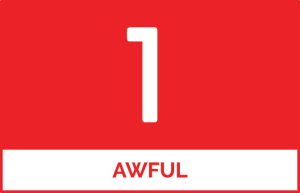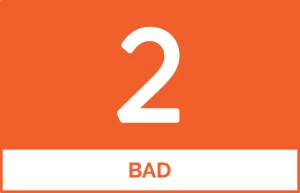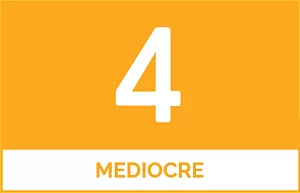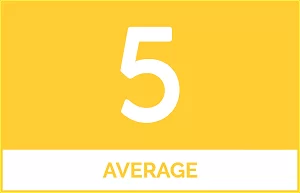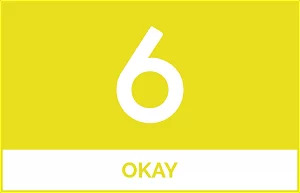Stevivor follows a simple rating structure that we continually work hard at to be balanced and fair. We never assign a review score until after writing our reviews up; that overall sentiment is then taken and matched to the scales you’ll find below.
Please note that our scales aren’t perfect; they’re works in progress. We will revisit them from time to time and see what works and what does not. We thank you for your patience in the matter and be mindful we actively encourage your feedback on the review process.
Software — Score out of 10
We make full use of the scale, as you’ll see – so an 8 doesn’t mean average. Far from it, in fact.
Stevivor’s staff of writers have agreed upon the following guidelines in regards to overall review scores (and yes, we do issue scores in .5 increments as well):
1 to 1.5 out of 10: Awful
This is the sort of product we wouldn’t recommend to our worst enemy. Buggy, uninspired and not worth the plastic the cartridge, CD, DVD or Blu-ray it was printed on. Yeah, we know digital games are a thing. The analogy still works.
2 to 2.5 out of 10: Bad
Not much better than a 1/10 score, but perhaps with less bugs. Still, a slightly more polished game doesn’t mean you’re really going to want to play it.
3 to 3.5 out of 10: Poor
Closer, but still no cigar. Fans of a particular franchise might want to play this game, but most others will want to steer clear. If you can hit up a bargain bin for a game at this level, you might consider a purchase.
4 to 4.5 out of 10: Mediocre
Any game scored in this realm is just shy of average quality; still, it’s just a tad off. Again, probably one for the bargain bin, but fans of a particular genre might find some great moments in a title at this range.
5 to 5.5 out of 10: Average
Based on the numbers alone, this game is average. In all ways. Which means we almost feel indifferent about it. Meh.
6 to 6.5 out of 10: Okay
Above average — quite literally. Any game in this bracket is solid and enjoyable, but is lacking some element that puts it up in the higher end of the scale. Games from 6/10 and up are definitely worth buying if you’re a fan of the genre they’re in.
7 to 7.5 out of 10: Good
Even more above average. At this range, we’re starting to get into the cream of the crop – highly polished, well designed, with an excellent narrative and all the other bells and whistles that should be expected. Perhaps one of those key components are lacking, but the rest of the title will make up for that.
8 to 8.5 out of 10: Great
Even better. See 7/10, but now we’d start throwing in “genre-defining” into the mix. Games at this level are absolutely for fans of the genre, but would suit any gamer, in our opinion.
9 to 9.5 out of 10: Awesome
At this level, pretty much everyone will be wanting to play this game. Not cause it’s hyped, but because it’s damn good. It transcends genre, race, sexuality – EVERYTHING. You need games at this level as part of your collection.
10 out of 10: Masterpiece
Perfect… or, as perfect as a video game can be. A game at this level won’t be without flaws, but they’re so minute that you’ll never care about them. Infrequently dished out, a perfect score means that you should drop everything you’re currently doing to buy this title.
[9 February 2015]: We’ve introduced a new reviews policy for primarily online games. You can read more about it here.
[31 October 2019]: In an effort to discourage crunch during busy review periods, Stevivor will generally turn down the opportunity to review titles where code is provided after an established embargo has passed or at/after a game’s launch.
By “crunch”, we specifically refer to the period of time required by a reviewer with which to play a game to an adequate point to review and actually write and and polish the review itself.
Stevivor reserves the right to use its discretion when deciding to review games where code is sent in this manner.
[23 February 2022]: Stevivor will remove its “good” and “bad” sections of our review score box in an effort to encourage readers to read the full text of a review rather than focusing on dot points.
[7 March 2022]: When assessing DLC or expansions for long-running games, Stevivor may choose not to score content. An example of this is Destiny 2‘s Witch Queen expansion, one that comes after five years of the base game being molded and shaped in a constant fashion.
Hardware — Three tiers
We treat hardware differently than software. As it’s unlikely a piece of technology will be a complete flop, we judge hardware accordingly.
Our pick
Best in class, for some reason or another. It might have some killer functionality, a ridiculous pleasing form factor or might simply be a no-brainer to buy. You need this.
Good value
It mightn’t be a powerhouse, but it’s got all the right boxes ticked and for a great price as well. Perfect for those looking for a bargain.
Not quite
It might be its price or simply some features that we’re not crazy about, but items in this category fall just a bit short of the mark.
This article may contain affiliate links, meaning we could earn a small commission if you click-through and make a purchase. Stevivor is an independent outlet and our journalism is in no way influenced by any advertiser or commercial initiative.


